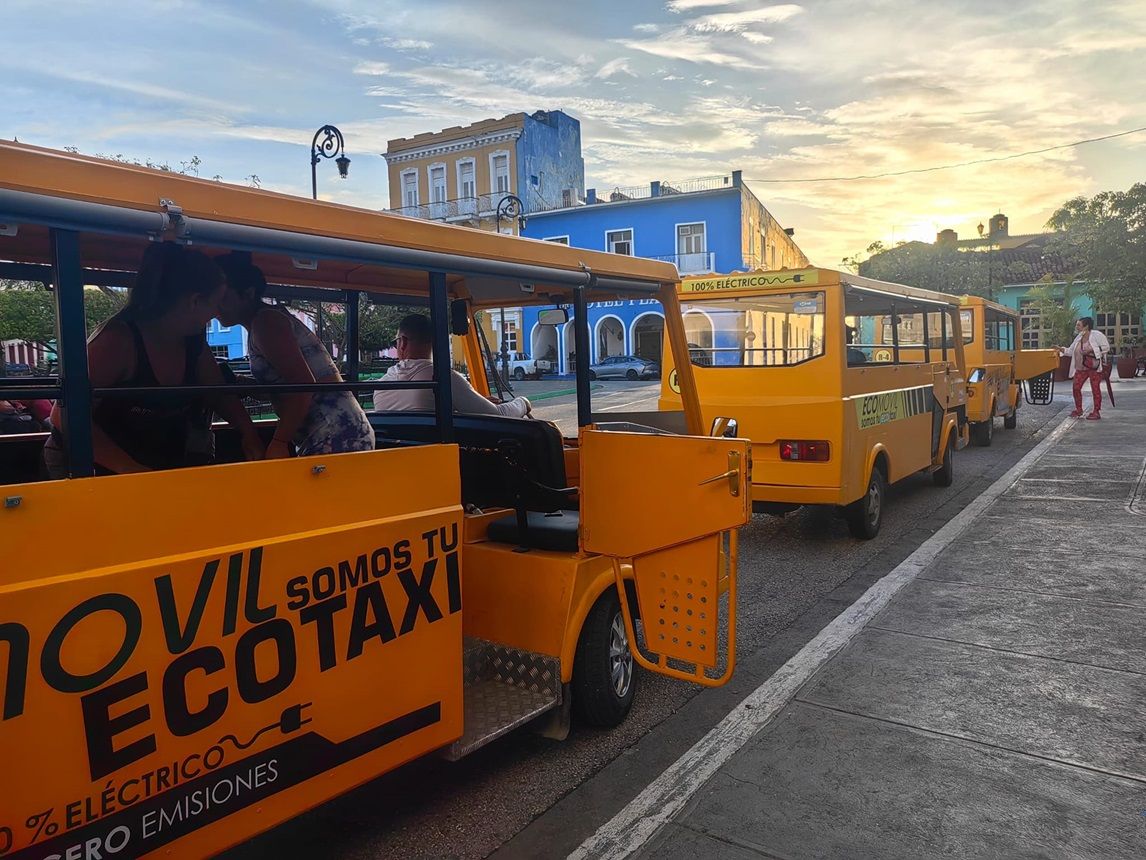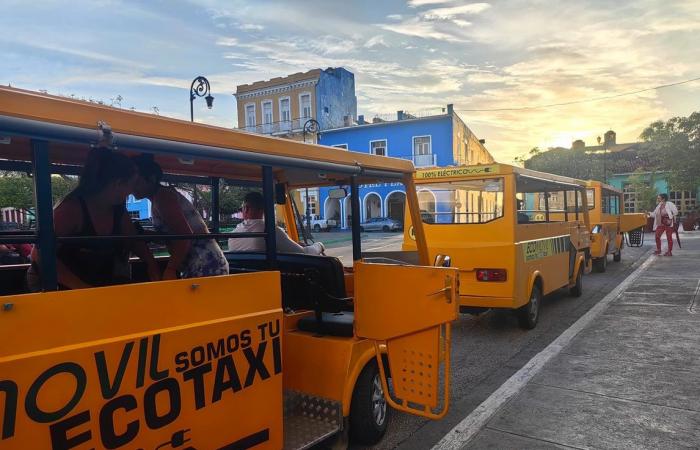Advertising
Electric minibuses have become an alternative for transportation in the city of Sancti Spíritus amid the chronic difficulties that hit this sector in Cuba.
These are microbuses known as Ecomóviles, with “their structure and body manufactured entirely in Cuba,” according to Transport Minister Eduardo Rodríguez Dávila, who highlights in his networks the advantages of these vehicles for “the development of the national industry.”
With capacity for 11 passengers, they make between 10 and 17 trips a day, “depending on the route and the state of the batteries,” and move “several dozen people daily on average.”
The first of these began operating almost a year ago, in August 2023. At that time, it was reported that the fare was 20 Cuban pesos (CUP) per person.
According to the minister, there are currently five of these minibuses on the streets of Sancti Spíritus, but there could soon be more since the results of monitoring their work by the authorities “have been satisfactory.”

In assembly
The eco-mobiles from Sancti Spiritus are manufactured at the Military Industrial Company Colonel Francisco Aguiar. At this time, “50 new units financed by the Fund for the Sustainability of Transport of the Ministry of Transportation” are being assembled in that factory, according to Rodríguez Dávila.
The vehicles are manufactured by a specialized brigade, made up of welders, assistants, workshop mechanics, automotive mechanics, electricians, painters and a team leader.
“There are already 35 ready, and work is being done on the structures that will be assembled to them. Fronts, roofs, sides, seats, seat bases and floors, made of fiberglass, 100% nationally manufactured,” said the Cuban head of Transportation.
1. Manufacturing of electric minibuses in Sancti Spíritus. Photo: Secret Nature / Facebook profile of Eduardo Rodríguez Dávila.
Manufacturing of electric minibuses in Sancti Spíritus. Photo: Secret Nature / Facebook profile of Eduardo Rodríguez Dávila.
2. Manufacturing of electric minibuses in Sancti Spíritus. Photo: Secret Nature / Facebook profile of Eduardo Rodríguez Dávila.
Manufacturing of electric minibuses in Sancti Spíritus. Photo: Secret Nature / Facebook profile of Eduardo Rodríguez Dávila.
3. Manufacturing of electric minibuses in Sancti Spíritus. Photo: Secret Nature / Facebook profile of Eduardo Rodríguez Dávila.
Manufacturing of electric minibuses in Sancti Spíritus. Photo: Secret Nature / Eduardo Rodríguez Dávila’s Facebook profile.
The minister added that the first parts are expected to arrive in July to begin the mechanical assembly process.
“The powertrain and electrical components will be assembled in the 50 vehicles,” he explains.
With this task completed, the manufacturers hope to begin delivering the new microbuses in August.
Although other electric vehicles for passenger transport – mainly tricycles – are already in use in other provinces, including Havana, these minibuses are currently exclusive to Sancti Spíritus.
The minister’s information does not detail whether government plans include extending them to other territories on the island.
Transport in Cuba: An old problem seeking new perspectives
The transportation sector is one of the hardest hit by the economic crisis that the island is currently experiencing, which affects both passenger and cargo transportation.
Faced with the crisis in the supply of fuel and other inputs, the Cuban government has been forced to seek alternatives to sustain the demanded public transport, whose main bases “have been working practically without spare parts for the last three years,” as Rodríguez Dávila acknowledged last year.
The minister then confirmed to the press that there was a “reduction in transportation capacity” in Cuba, due to “objective and subjective factors.”
Among these, he highlighted the “insufficient availability of financial resources”, as a consequence of “the effects of the blockade, COVID-19 and the global economic crisis”, as well as organizational and regulatory problems. All of this has meant that technical availability in the country has been “below 50%” in recent times.








